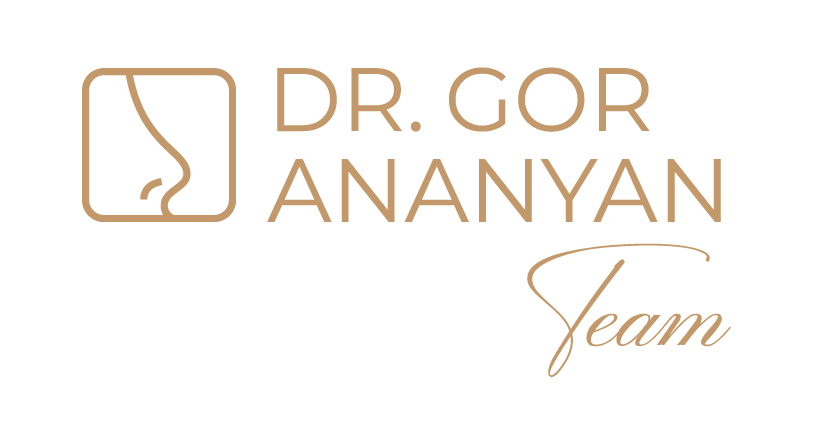OTOPLASTY
Otoplasty is a plastic surgery procedure aimed at correcting the shape, size, or position of
the auricles (outer ears). The most common reason for seeking otoplasty is prominent
ears (ears that stick out), but the surgery also allows for the correction of various
congenital or acquired ear deformities, asymmetry, as well as adjusting the size or shape
of the earlobes. Otoplasty not only helps improve appearance by creating more
harmonious facial proportions but often resolves psychological issues related to
dissatisfaction with one's appearance, especially in children and adolescents, relieving
complexes and boosting self-confidence.
Advantages of Otoplasty in Our Clinic
We ensure that your ear shape correction is as comfortable as possible and leads to the
desired aesthetic result:
• Experienced Plastic Surgeons: Our surgeons have extensive experience
performing otoplasty on patients of all ages, including children, and are proficient in
all modern techniques to achieve the best, natural-looking results.
• Individual Approach: We carefully analyze each case, considering anatomical
features, age, and patient wishes, to create ears that harmonize with the overall
appearance.
• Natural and Symmetrical Results: Our goal is not just to "pin back" the ears but to
create a beautiful, natural shape of the auricles with correct curves and symmetrical
positioning.
• Minimally Visible Scars: Incisions are placed in hidden areas (behind the ear),
making postoperative scars virtually invisible.
• Safety and Comfort: We use modern anesthesia methods, certified materials, and
ensure strict control at all stages. Especially comfortable and calm conditions are
created for children.
• Psychological Support: We understand the sensitivity of the issue, especially for
young patients, and provide attentive and empathetic care.
Frequently Asked Questions (FAQ) about Otoplasty
1. At what age can otoplasty be performed on children?
Otoplasty is recommended for children starting from 6-7 years of age. By this age, the
auricle is almost fully formed (85-90%), and the child can consciously approach the
surgery and follow postoperative recommendations. Early correction also helps avoid
psychological discomfort and teasing from peers.ПРОЦЕДУРЫ / PROCEDURES
2. Is otoplasty painful?
The surgery is performed under anesthesia (local or general), so there is no pain during
the procedure. In the first few days after surgery, moderate pain is possible, which is well
relieved by prescribed pain medications.
3. Will there be noticeable scars after otoplasty?
Incisions for otoplasty are usually made on the back surface of the auricle, in the natural
crease. After healing, the scars become thin, pale, and virtually unnoticeable to others.
4. How long do I need to wear the bandage after surgery?
A firm compression bandage must be worn continuously for 7-10 days. Then, to protect the
ears during sleep and prevent accidental injury, it is recommended to wear a light elastic
headband (e.g., a sports band) at night for another 2-4 weeks.
5. When will the final result be visible, and how long will it last?
The initial result is visible immediately after removing the main bandage. However, due to
swelling, the final shape of the ears is formed within 2-6 months. The result of otoplasty is
generally permanent and lasts a lifetime.
6. Can prominent ears return after surgery?
When performed correctly by an experienced surgeon and with adherence to all
postoperative recommendations, recurrence of prominent ears (ears returning to their
previous position) is extremely rare. The use of modern suture materials and cartilage
fixation techniques ensures a stable result.
7. What complications are possible after otoplasty? Like any surgery, otoplasty has certain
risks, although they are infrequent. Possible complications include hematoma (blood
collection), inflammation, wound infection, suture extrusion, temporary loss of skin
sensation in the ears, asymmetry, or unsatisfactory aesthetic results. Choosing an
experienced surgeon and following all recommendations minimizes these risks.
